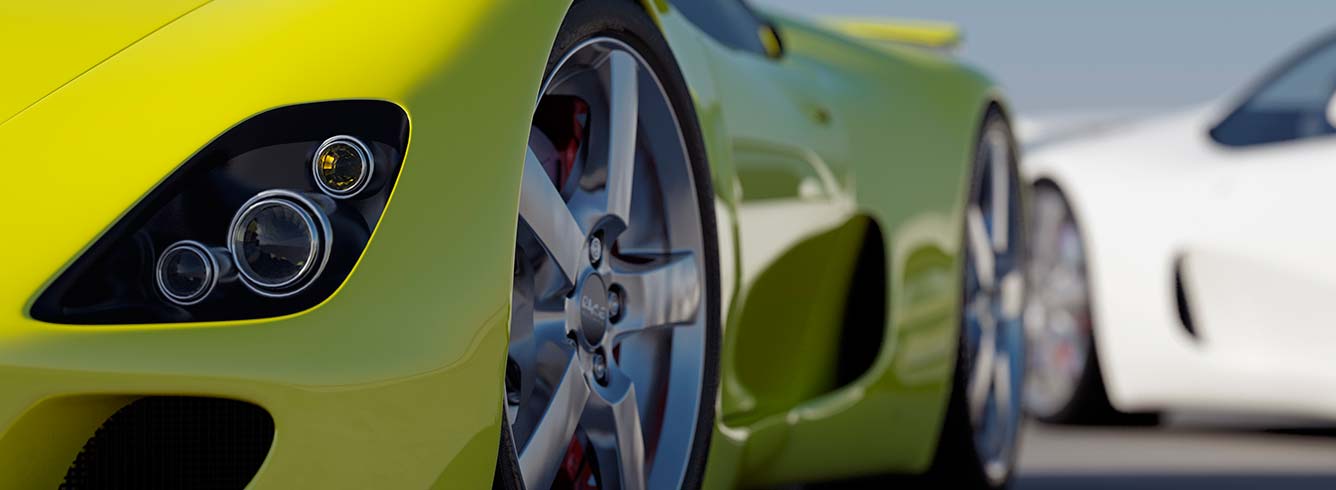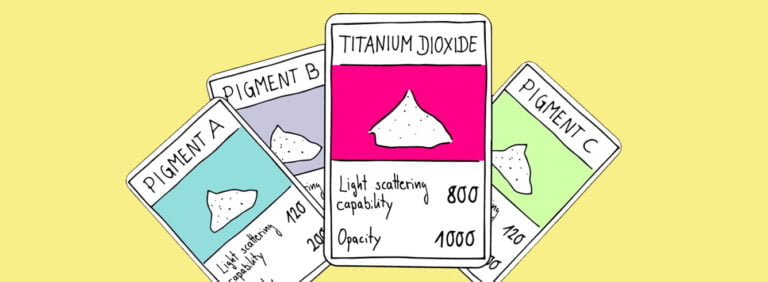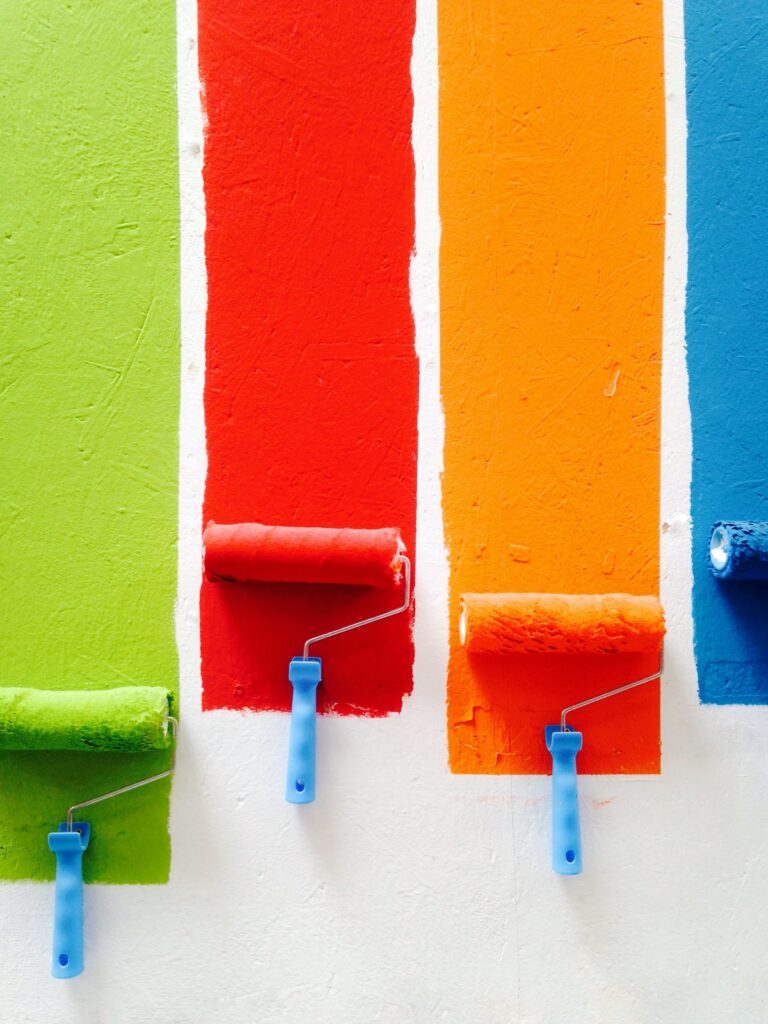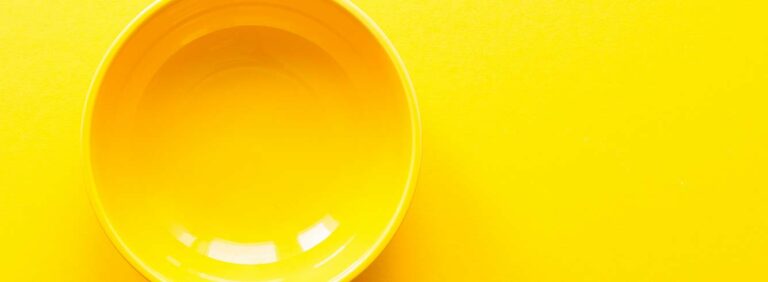Titanium dioxide (TiO2) is a crucial component in the car colour revolution. Without it, our roads would be a very dull place. We explain why.
When buying a vehicle, one of the first things we look at is the colour. From the iconic Rosso Corsa made famous by Ferrari, to Jaguar’s historic Racing Green, or the iconic Mercedes Benz Silver Arrows, the shade of our vehicles can be both a statement and an aesthetic choice.
The colour of the car has been historically vital in the world of motor racing, particularly before the days of sponsoring, when teams in sports such as Formula One would paint their cars in customised colours that reflected the nationality of the car or driver.
Without TiO2, however, our choices for car colours today would be drastically reduced.
The use of lead oxide in paints has been widely banned in recent decades, and so TiO2 pigment has become the most common white pigment used in paints worldwide.
So what does applying paint containing TiO2 mean for our vehicles?
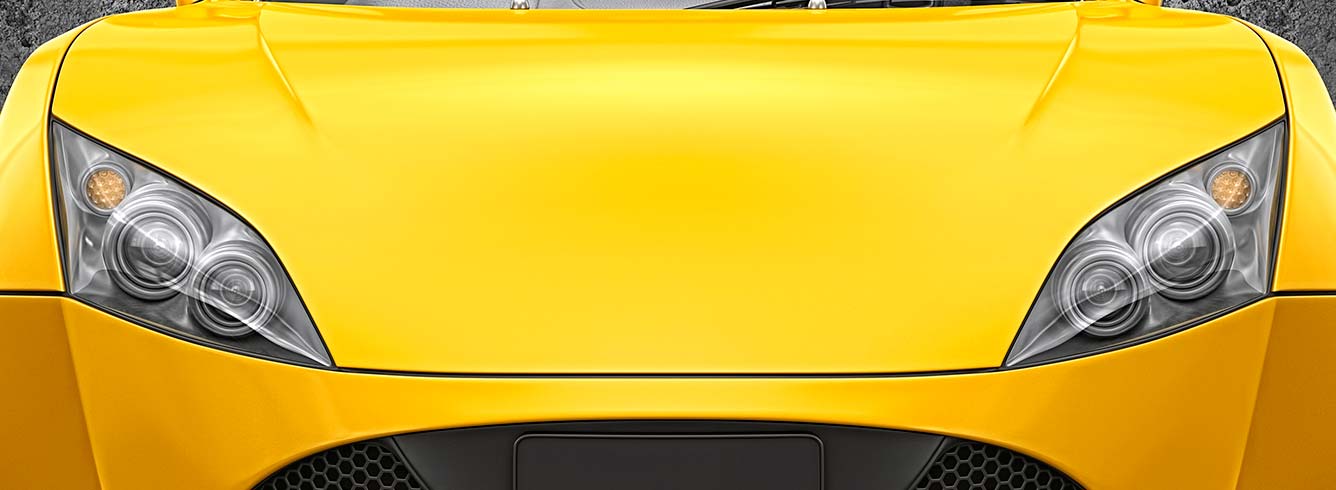
Bringing colour to the road
Thanks to major automotive and aerospace paint and coatings manufacturers basing their products on TiO2, the paint on our vehicles has never been brighter, more varied or as durable.
As the whitest and brightest of all known pigments, TiO2 gives a unique brightness and resilience to all sorts of vehicles, finding its way onto cars, trucks, buses, cruise ships, trains and aeroplanes.
One of TiO2’s many dazzling qualities is its incredibly high refractive index, even beating diamond reflectivity, which puts it in a league of its own when it comes to pigment brightness.
TiO2 is manufactured with a controlled primary particle size to optimise the scattering of visible light when used in a paint. This scattering of light on contact allows vehicles to be painted in the full visible colour spectrum[1].
The option to paint in any colour we choose makes our vehicles look great and the opacity of TiO2 provides full substrate coverage with less paint, saving us money. Thus, TiO2 as the base pigment provides depth and brilliance of all colour choices with the most efficient use of resources.
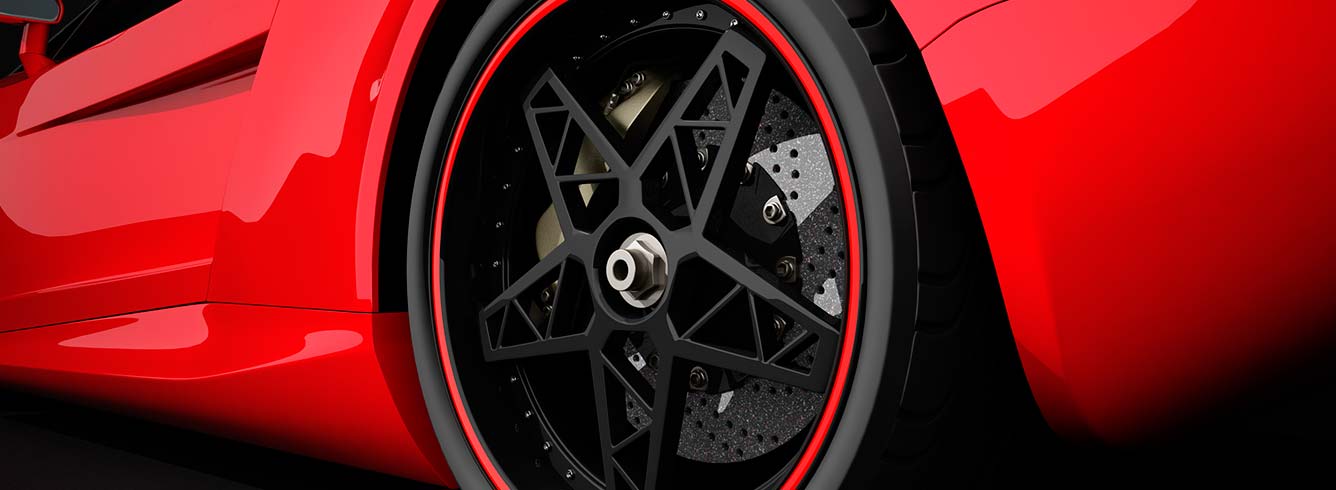
Bright now, bright tomorrow
As well as giving us bright, colourful vehicles, TiO2 can keep them that way. By its unique interaction with light, TiO2 not only keeps our cars cooler, but it also protects against the damaging UV-light and the associated paint degradation – keeping our vehicles brighter for longer.
TiO2 is also crucial in allowing emergency vehicles to be painted in bright, highly visible colours.
In addition to paint, TiO2 also plays an important role in the plastic components of our cars. Not only can it be used to make plastic components more durable and weather resistant, it is also added to lend colour, opacity and brightness.
Self-cleaning vehicles?
Too good to be true? Not necessarily. Self-cleaning glass that uses a special photocatalytic TiO2 coating is well established. This helps to break dirt down, allowing it to be washed off by water much more easily.
Paints with similar properties for cars are now coming onto the market. Researchers have been experimenting with super-hydrophobic paint, which will repel water and oils.
So not only does TiO2 keep your car bright, resilient and easy to spot, in future, you might not even need to clean it.
